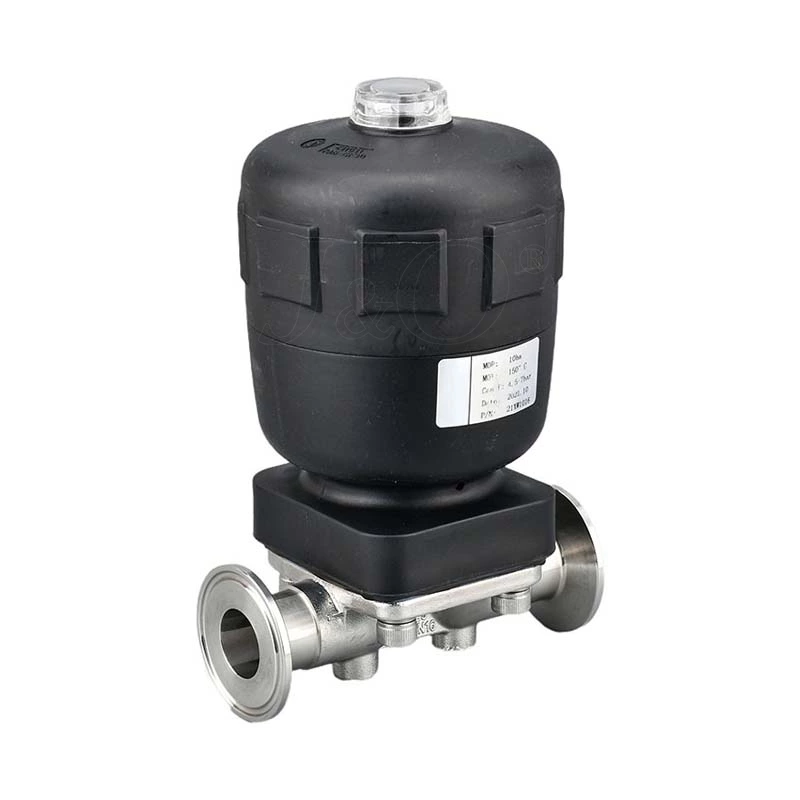The Role Of Environmental Protection In The Production And Processing Of Diaphragm Valves Is Very Important
Sanitary Diaphragm Valve is a stop valve that uses a diaphragm as a start and stop part to close the flow channel, cut off the fluid, and separate the inner cavity of the valve body from the inner cavity of the valve cover. It has a simple structure, good sealing and anti-corrosion performance, and low fluid resistance. It has been widely used in food, medicine, pharmaceutical and other industries.
The structure of the diaphragm valve is different from that of general valves. It is a new type of valve and a special form of cut-off valve. Its start and stop part is a diaphragm made of soft material, which separates the inner cavity of the valve body from the inner cavity of the valve cover and the driving components. It is now widely used in various fields.
Whether it is the food processing industry or the pharmaceutical industry, the sanitary environment is crucial and requires cleanliness, safety and pollution-free. With the continuous development of various valves suitable for aseptic production and pollution-free production, it has been vigorously developed in the fields of food, medicine, fine chemicals, etc. Among them, the diaphragm valve is a representative new valve.
The role of the diaphragm valve in ensuring safe and aseptic production is more prominent. We know that in the production and processing of food, there is often a material conveying link. For materials that are not easy to flow, the advantages of aseptic diaphragm valves are more significant. Since materials that are not easy to flow (such as viscous and pasty materials) generally have poor fluidity, easy to clog the pipeline, and cause greater friction to the pipeline during transportation, when transporting such materials, the selection of the valve body to control it is particularly important.
Use and maintenance methods of diaphragm valves:
1. If the valve body is lined with an anti-corrosion lining, corrosion-resistant cushions should be used when installed on the pipeline, and care should be taken not to damage the valve body flange sealing surface.
2. When storing the diaphragm, it should be placed in a cloth bag and placed on a wooden shelf to avoid direct sunlight and contact with ozone, and should not be piled with heavy objects.
3. When storing the valve, it should be in a fully open state to ensure that the diaphragm is in a stress-free state, especially for spring-closed diaphragm valves. The two flange end faces of the valve should be sealed with paper to prevent moisture and dirt from entering.
4. When using the valve, it should not be closed too much, once the diaphragm presses the valve body weir surface. The valve opening speed should not be too fast. Too fast speed will add all the load force to the diaphragm screws, which will damage the diaphragm.
5. The diaphragm and lining should be checked regularly to prevent damage to other parts and accidents caused by corrosion and tearing.
6. When disassembling and replacing the valve, the fluid on both sides should be effectively cut off and the residual fluid should be discharged. At the same time, personal protection should be done (wearing protective clothing, masks, gloves, etc.) to prevent corrosive fluids from harming people.
